Over the next few weeks on the podcast we are going to be exploring a slightly different style of filmmaking.
Since the beginning of this podcast the show has grown in scale alongside the productions that I have been working on. As the jobs got bigger we discussed larger and larger set ups, as my interests changed so too did the show.
Well after 5 years it feels like I am coming full circle and really starting to appreciate doing more with less. What this means for the show is we will be looking at a bunch of spots with much smaller budgets and much less access to gear.
In essence we are trading gear and budget for freedom and speed. It is a formula that I have come to appreciate after years of trying to climb the various cinematography echelons.
This episode is all about having fun with the tools that we have and doing the best in the situation we've been thrown in to.
I hope you enjoy!
Patreon: The Second Week Running - Podcast
If you are a regular listener/viewer of the Patreon content you will know that the next 3 months are set to be the busiest and most exciting of my short career.
Lots of jobs booked and not a lot of time in between. This week is no exception and so in place of the live stream I will be doing a podcast on a few different issues I am facing at the moment and I'll also be discussing a few milestones on the horizon.
If you have any questions you'd like answered on the podcast please send them in over on Patreon and I will do my best to get to them on the show.
You can find this week's Patreon content by clicking the link below:
If you are a fan of the podcast and want more video content the patreon group is the place to be. Each and every week I release an exclusive podcast, video, or live stream just for the Patreon members.
Patreon members also get access to the Private Facebook community for the show. The podcast couldn't exist without the Patreon support and I do my best to take care of the supporters.
Tungsten Lighting - The Full Spectrum
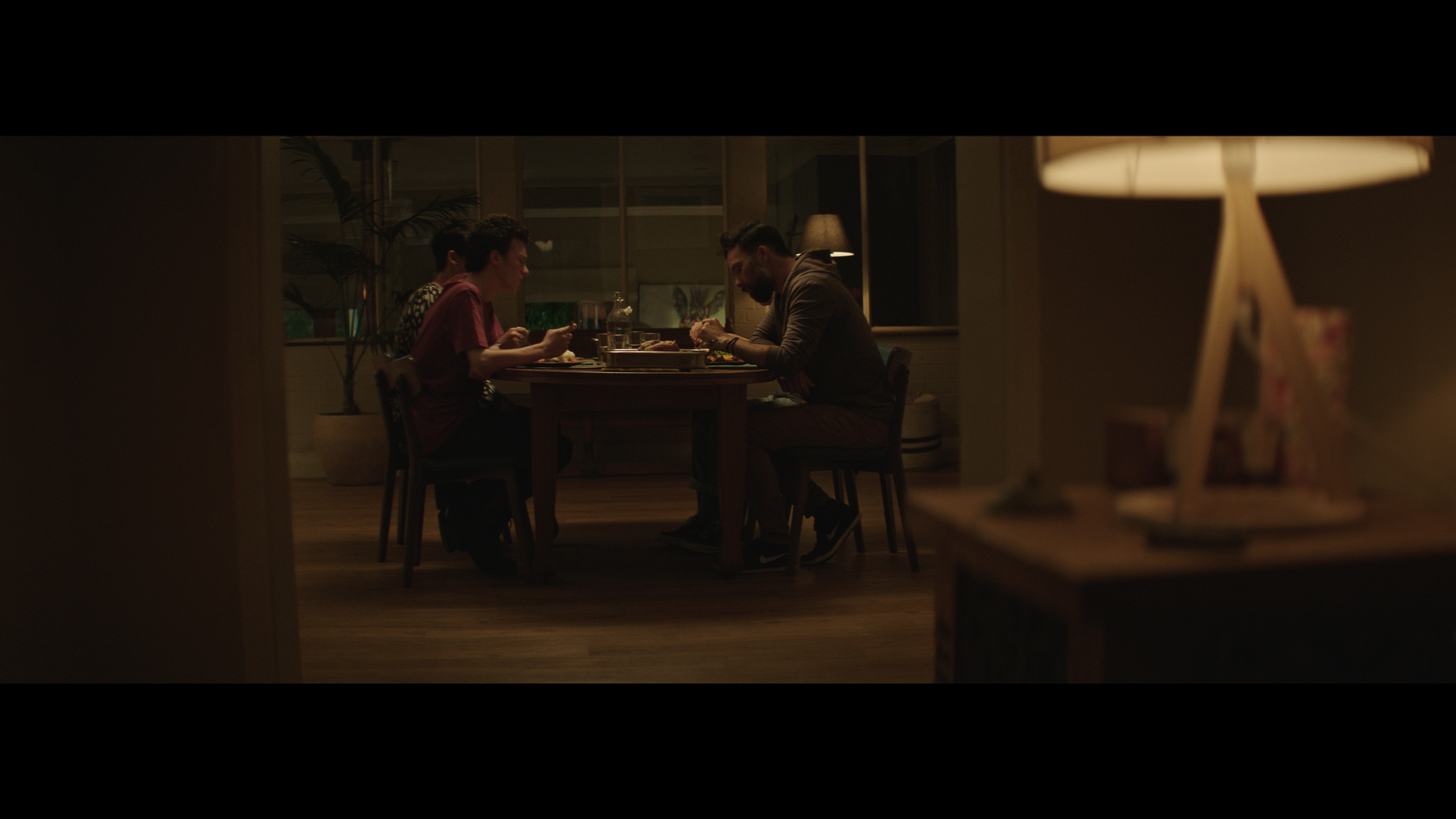
Tungsten light is hard to beat and in today's episode we will look at the pros and cons of tungsten vs. some of the newer technologies plus we will see how we can mix the two to get the results we are after.
The spot we are looking at was a mental health PSA where the director gave me the freedom to create a slightly moodier palette and embrace the flaws in the Lomo Anamorphics.
Camera Gear:
Check out the gear I use on all of my commercial shoots by clicking the link below:
Wandering DP Commercial Cinematography Gear
The only kit not listed on that page is the set of Lomo Anamorphics.
It is amazing how lens preference comes and goes. At the moment I've used the Lomos on the last 4 jobs and have found a groove with them. They bring a certain something to each gig. They are far from perfect but their inherent quirks can really help push a project further.
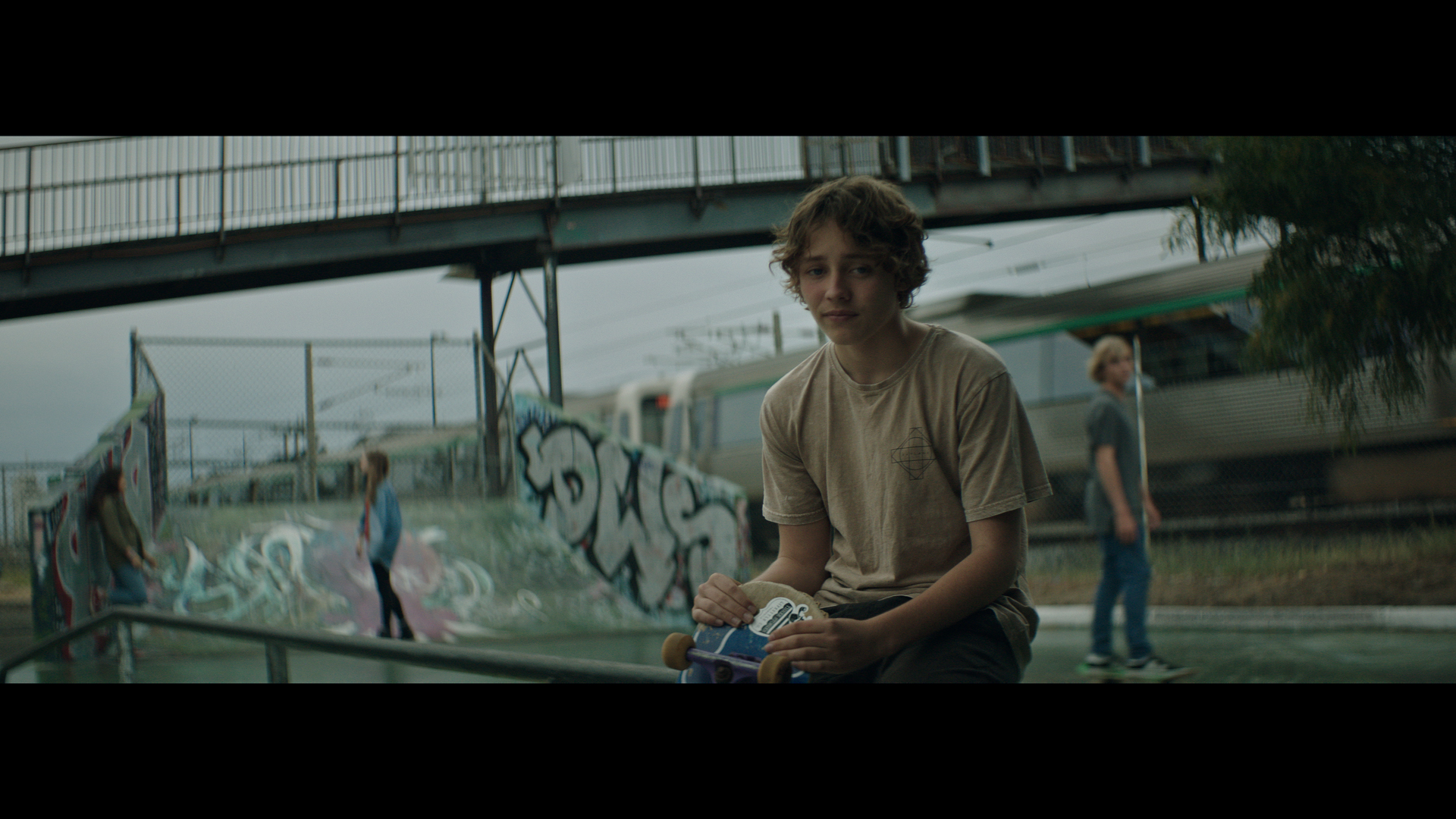
Lighting Gear:
Tungsten, tunsten, and more tungsten.
Well, sort of.
Tungsten mixed with HMIs, LEDs, and whatever else was lying around.
The main thing we are focusing on here today is how much you can do with a van set up vs. a whole lighting truck and generator.
This job was all off of house power (which producers love) and knowing those limitations helped inform the look we went after.
Tungsten vs. Daylight: The Set Ups
Shot #1 - The Dining Room

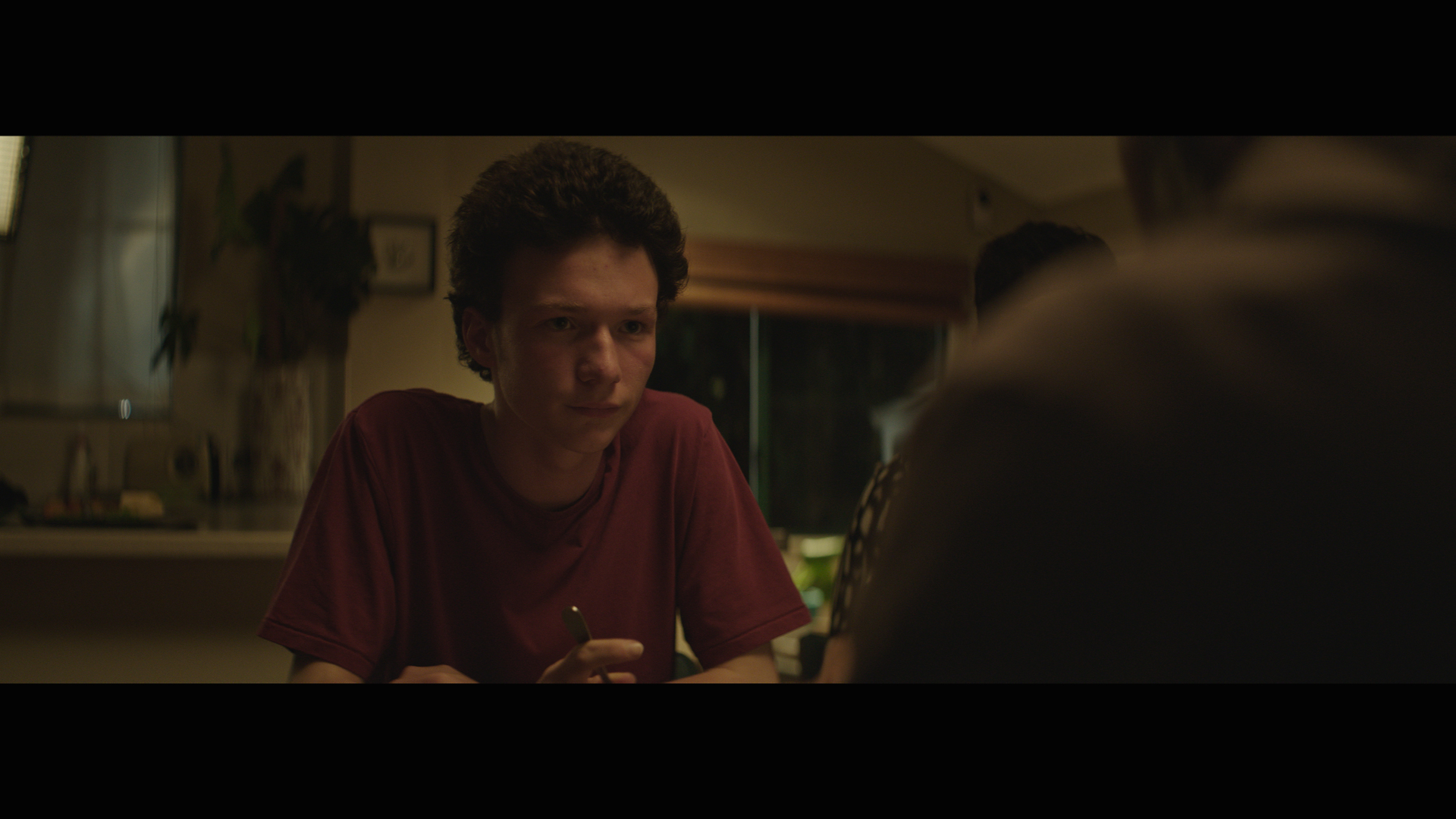
The Shots
This is the classic family dinner scene. 4 people eating dinner at a table. The challenge is making the lighting interesting, adding depth, and keeping the shape throughout.
The Lighting
Beige walls in a big empty kitchen space. The challenge was set. How do we create a mood and make this very ordinary kitchen feel warm and dark at the same time.
No crazy big set ups, no crazy access to expensive lighting fixtures.
We based our entire look around the simple but effective China Ball.
Once we built our key we set levels in the BG with small HMIs and added depth in the mid ground with a few Litemats.
The Result


Set Up #2 - The Hallway
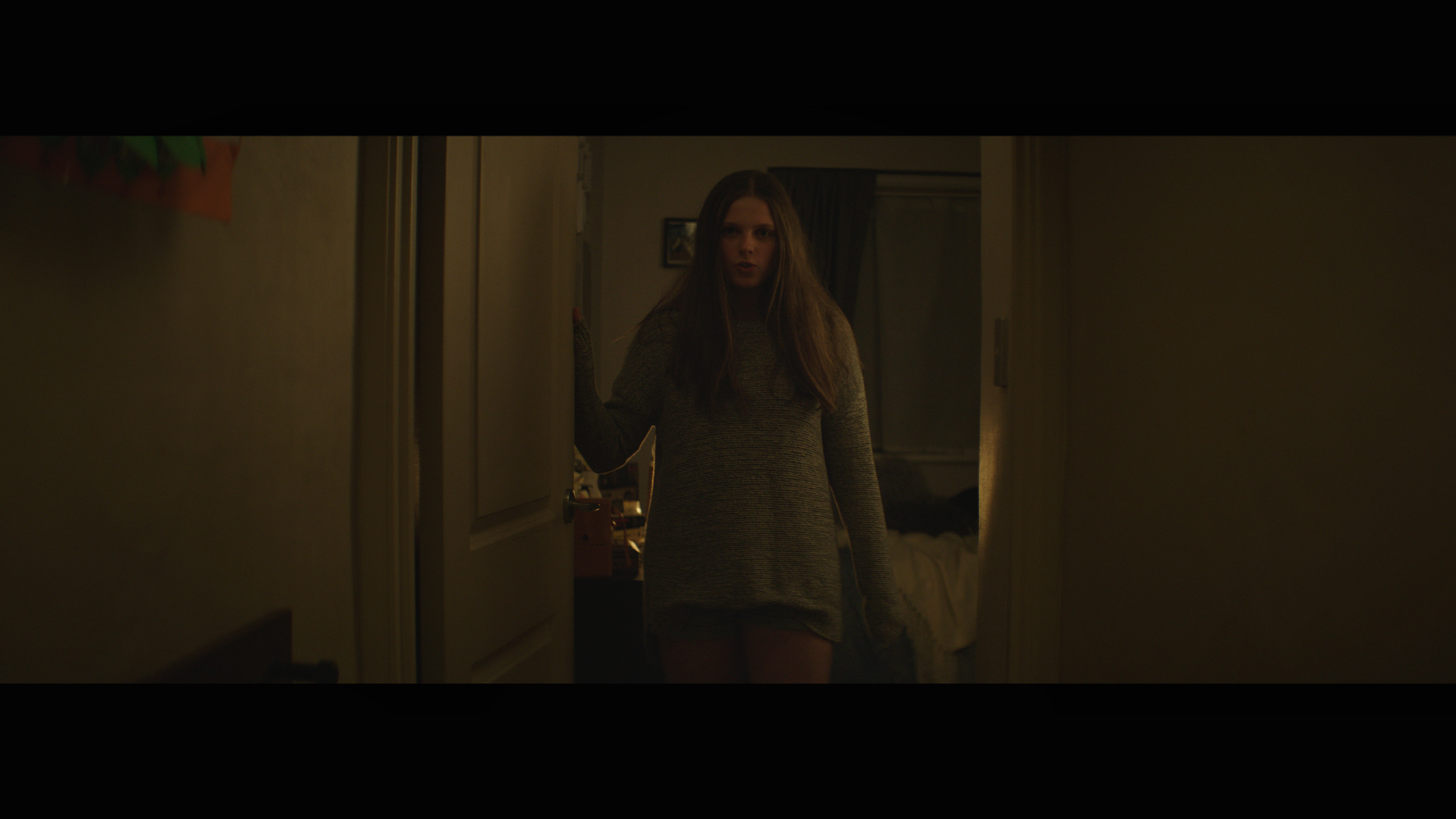
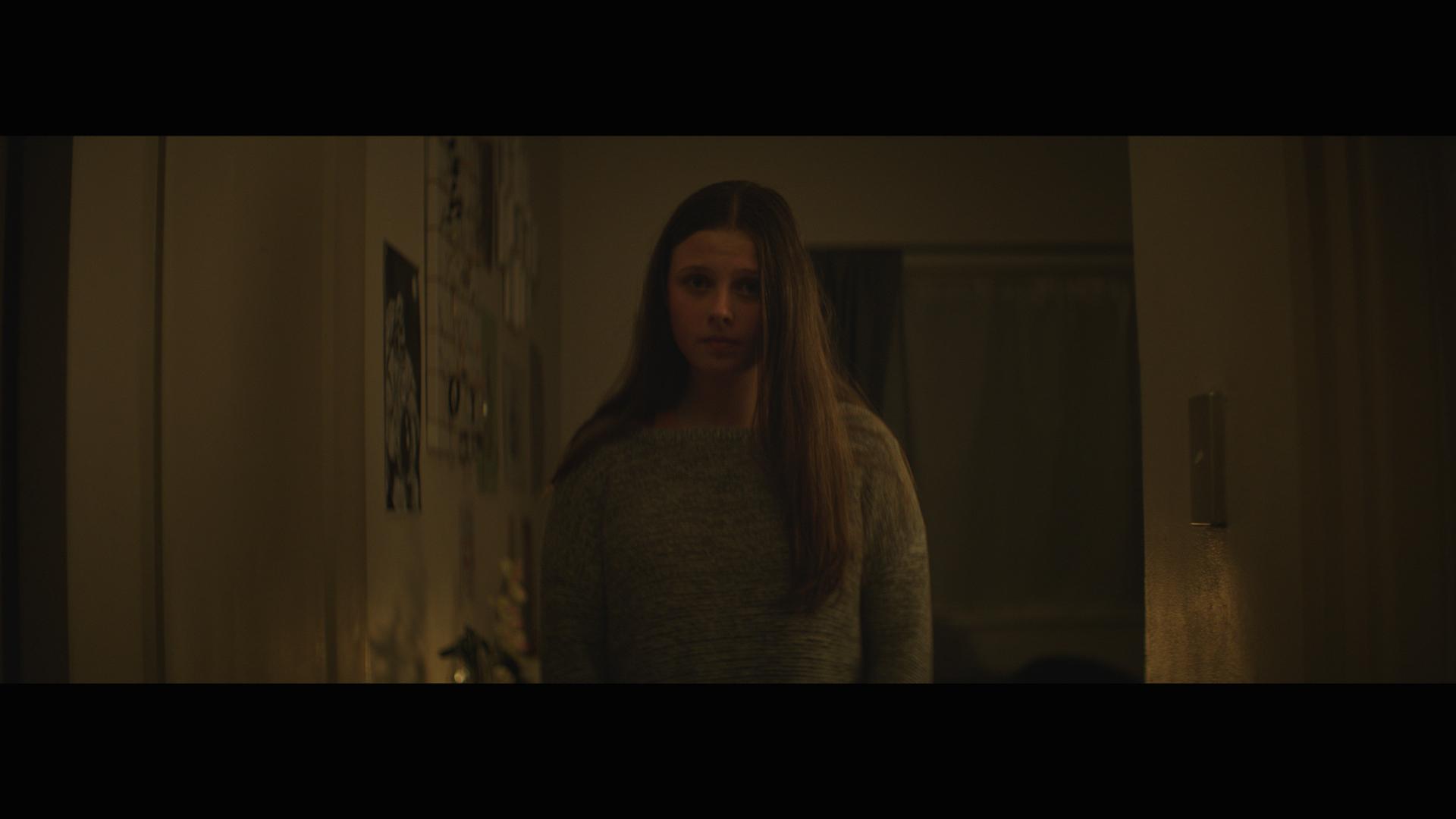
The Shots
Hallway scenes are always tricky to light for a cinematographer. There aren't many solutions with where to bring the light from. The question becomes how can you make toppy light feel dense. It is so easy to overdo overhead lighting and maintaining control over the levels becomes imperative.
The Lighting
We used a Litemat 2L as our overhead inside the door, played with the angle to get the softness under the eyes that we wanted, then wrapped some frontal fill with a skypanel s30 from camera right bounced into a piece of poly.
The BG is light entirely by the bedside practical provided by art department.
The Result


Behind the Scenes
Set Up #3 - Hiding from the Rain

The Shots
Our talent delivers a line straight to camera. Only one small issue, it was pouring with rain and the action required our talent to be skateboarding.
We had to make it look like it wasn't raining, add shape and make an interesting image with very little resources.
The Lighting
The real challenge was getting any shape out of the overcast, rainy skies and then keeping the rain off our talent at the same time.
An easy task with the proper tools but when you are short on crew, money, and equipment these challenges present serious roadblocks.
In the end we made it work with an 8x8 of Ultrabounce as an overhead, a 12x12 black on camera right, and a passive circular poly as an eye light.
Not complicated but it took some serious engineering by the crew to make it work.
The Result

Set Up #4 - Daylight on a Budget
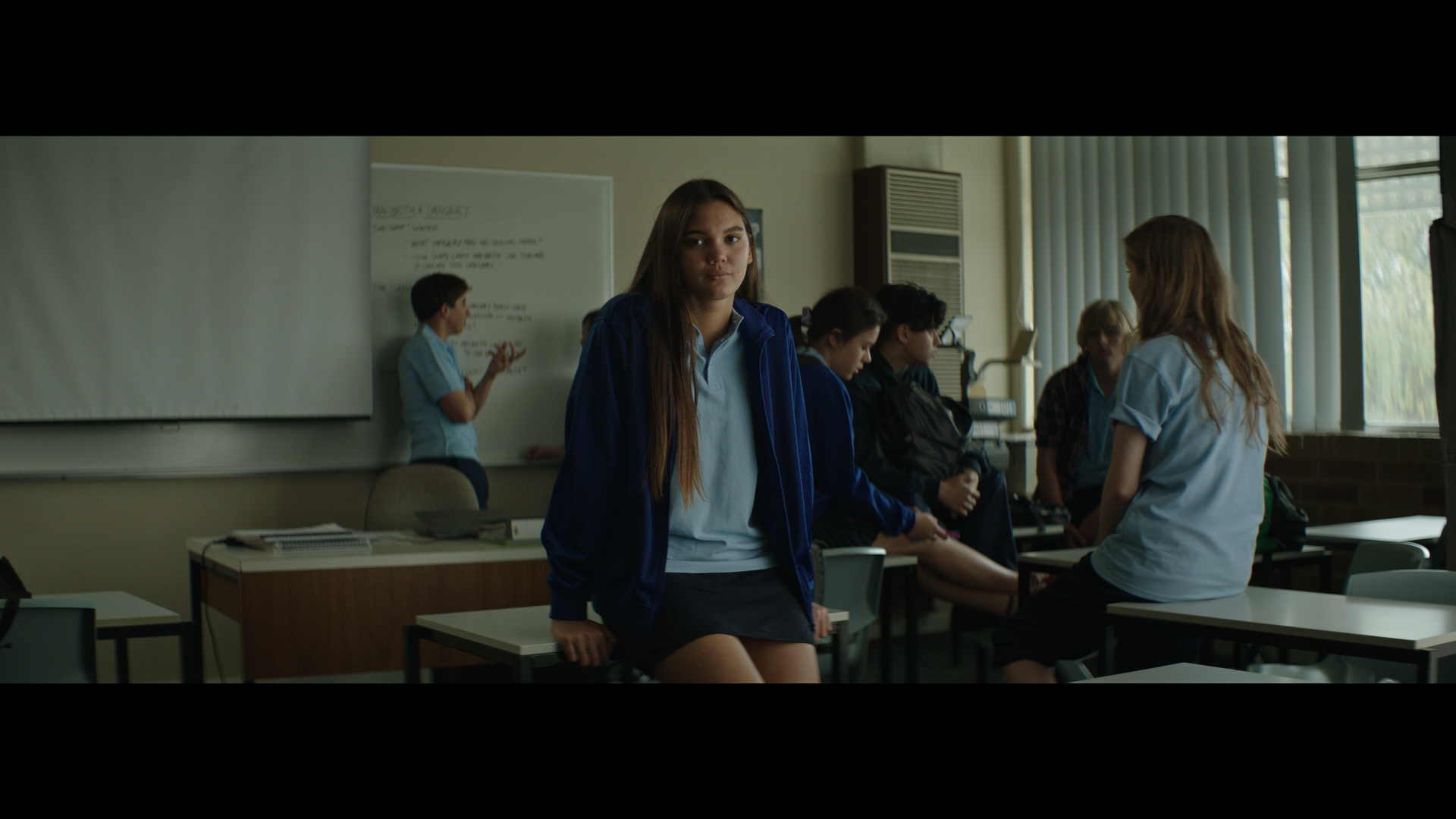
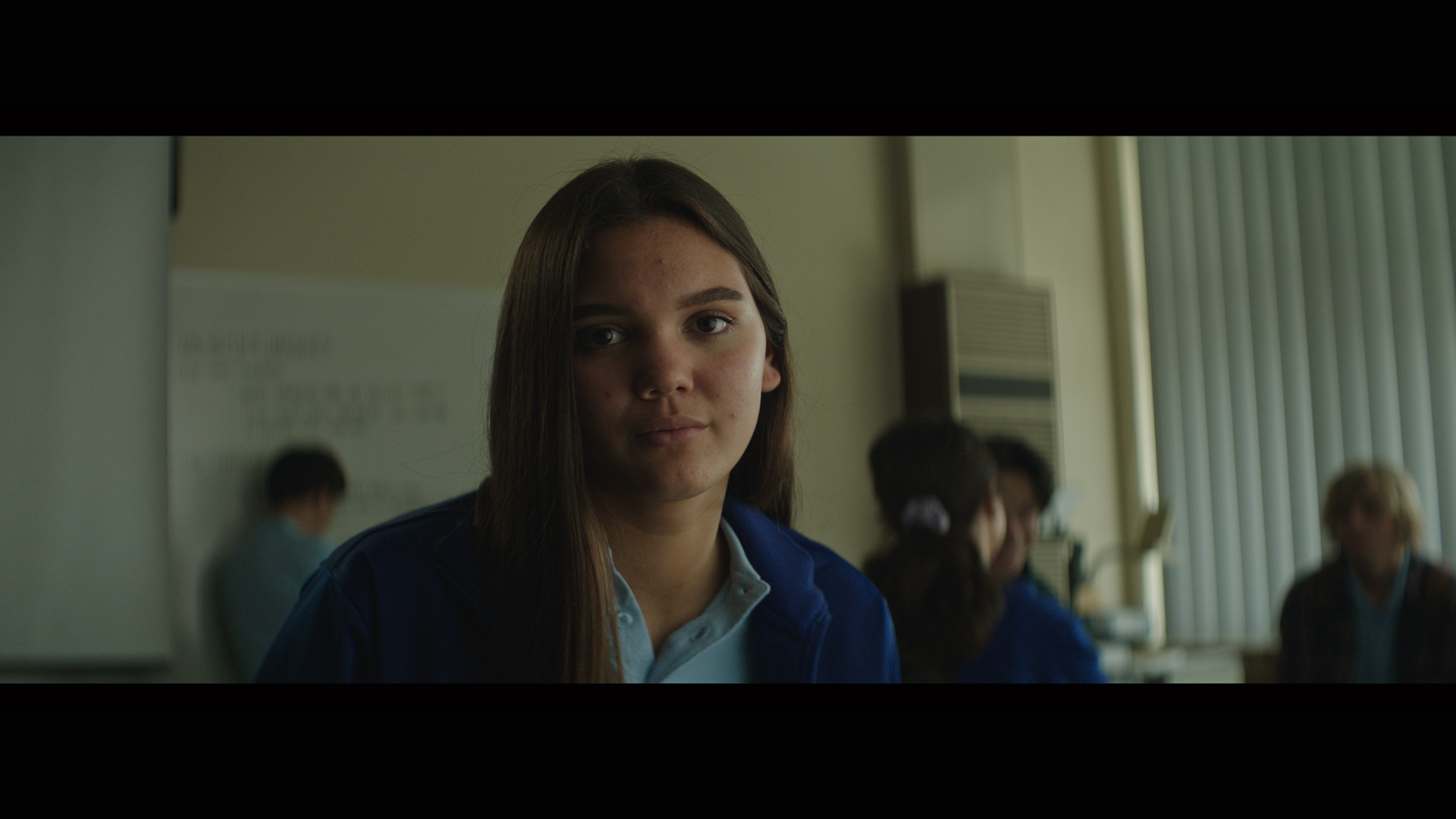
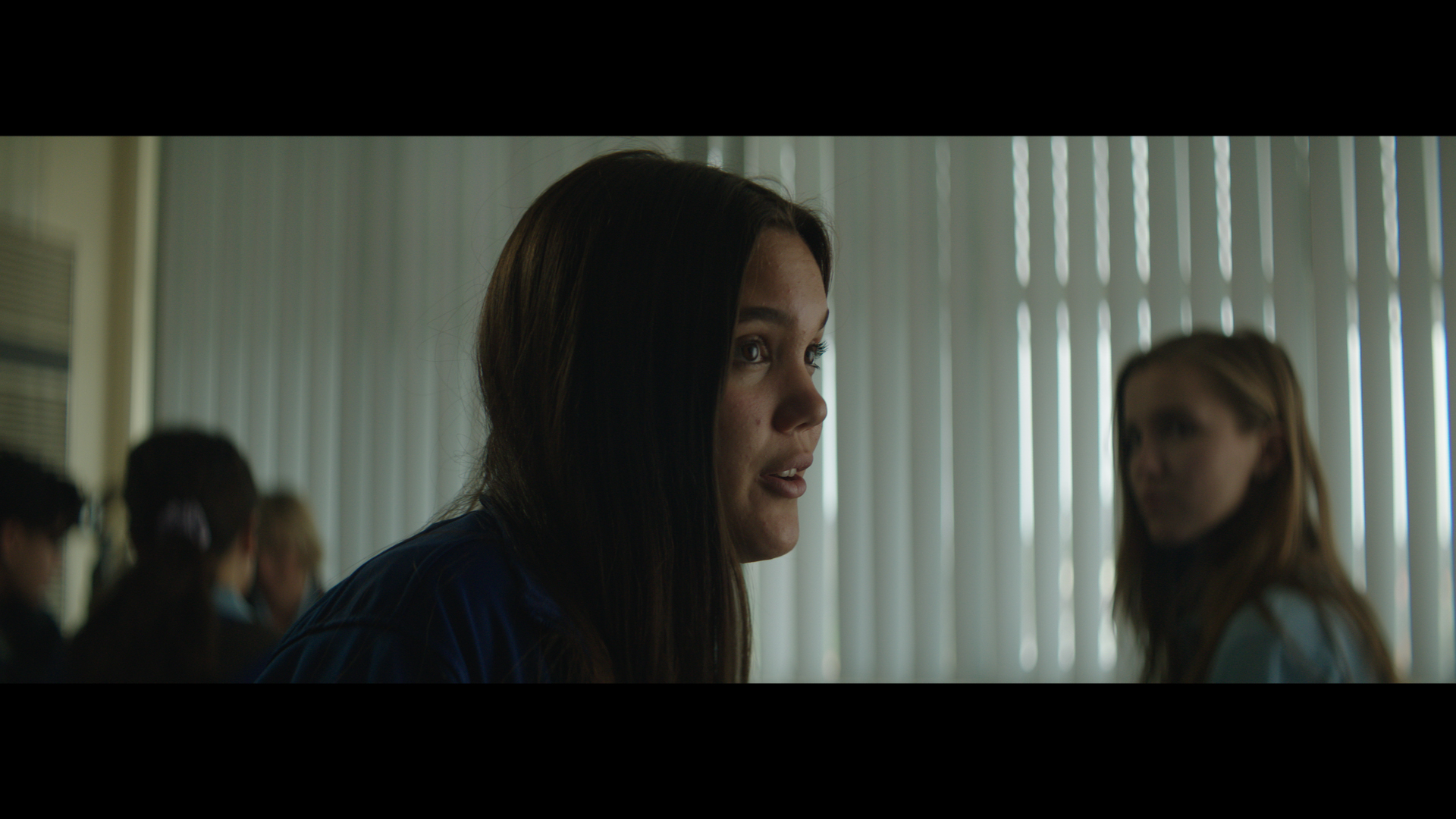
The Shots
The challenge:
Light a day interior on the 4th floor of a building with no ability to light from the outside and only using house power.
No easy feat.
The Lighting
Due to the quick nature of this shoot and the fact the location was four floors up with no elevator access we had to make our solution as small and nimble as possible.
We ended up using our sole HMI (an M18) through an 8x8 of Magic Cloth as our key. We used a bunch of 4x4 floppies to control the light from leaking all over the light colored walls.
We used the location blinds to control the BG level and then balanced to what we could not control.
For our edge light we used an Arri s60 inside of a chimera.
Those two set ups coupled with blacking all the walls not in shot meant we were able to create some shape, add depth to a square room, and do it all on house power with only two in lighting.
The Result






